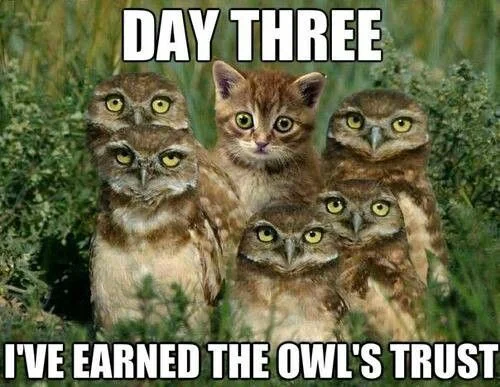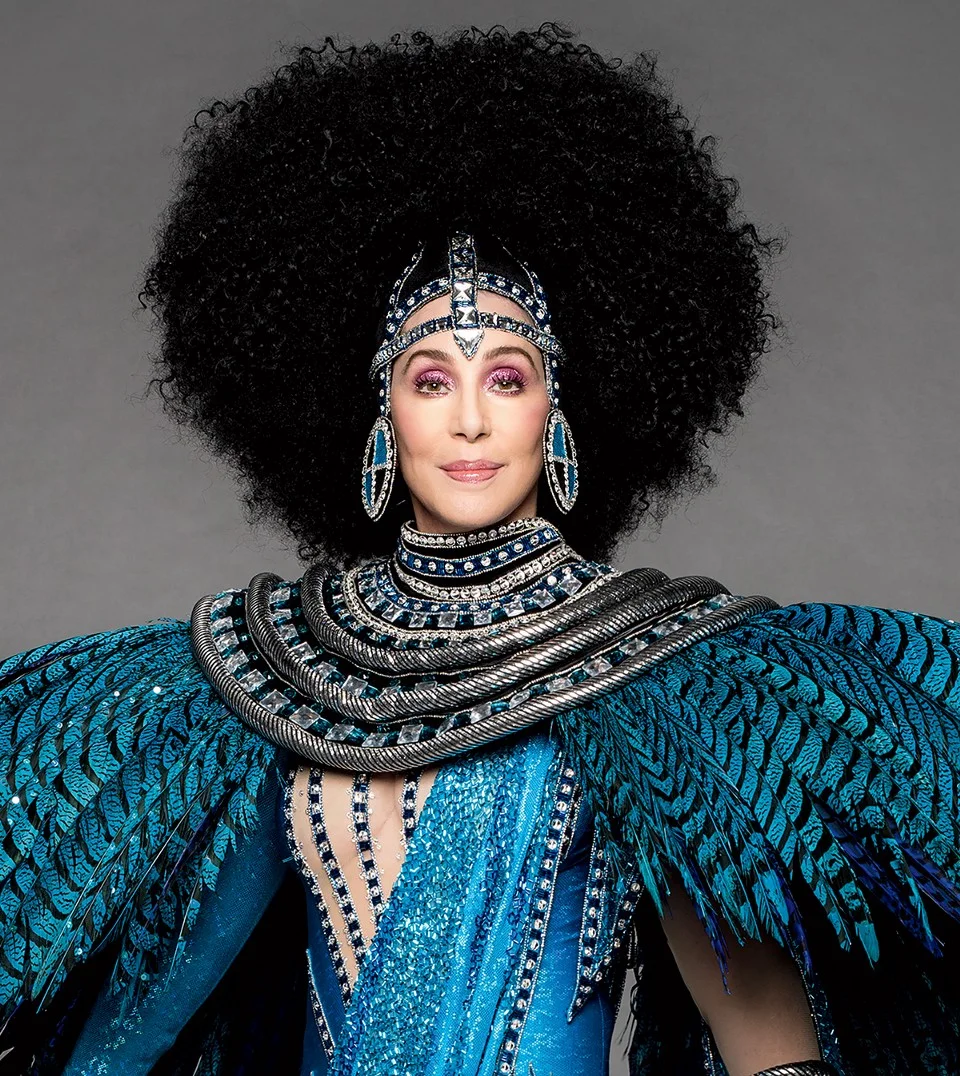What does it mean to design products in the context of AI? The slides at the bottom of this post focus the ways that AI technologies augment humans, creating what chess champion Garry Kasparov would call “centaurs” and what others might call “cyborgs.” This is true for both designers and the people they design for.
Read MoreOf greater note is how gender does and doesn’t come into play: if you’re a conservative male journalist you really adhere to notions that say emoji-aren’t-for-you. If you’re a celebrity male, you’re perfectly happy using oodles of emoji, as with Snoop Dogg, Kyle MacLachlan, DJ Khaled, William Shatner, Diplo, and Chad Johnson.
Read MoreTyler Schnoebelen, who gave the keynote speech on Monday, says conversations about emoji have been too often painted with a broad brush. There’s the utopian vision: emoji as a "universal language," the great democratizer and harbinger of communication across class, culture, and geography. And then there’s the doomsday vision: emoji as the destruction of language, a political tool, a new way to send violent threats. The nuance often gets lost in between. We have hardly any research to tell us who uses emoji, when, why, and how that use has changed over time. We know even less about what emoji can reveal in disaster scenarios, campaigns, or educational settings; even linguists, who have looked at emoticons and other internet-born languages for decades, don't have a consensus on what emoji mean for the future of language.
Read MoreOutside of emoji researchers, lots of people still forecast disaster or dream of universal communication even if most of us are confident that neither is nigh. Despite our protests, emoji inspire visions of apocalypse and utopia.
As with many linguistic resources (sounds, words, syntax), people use emoji to grind all sorts of axes. For example, people who say that women use more emoji than men are usually making some point that the data don't support. The first step in such an analysis is to ignore or discount the fact that, say, Snoop Dogg and Kyle MacLachlan are among the biggest emoji users in the world.
In this talk, I'll demonstrate how ideologies of emoji work themselves out across 870 journalists that political scientists have separately scored as liberal, conservative, or centrist. This lets us compare objective vs. subjective stances and inverts the idea that gender explains emoji to show how it is that emoji are a way that people "do" gender differently based on their political commitments.
Read MoreI’ll kick off this post with a definition of trust, but focus on an analysis of trust in everyday and not-so-everyday situations: about 12,000 conversations among friends, family members and strangers. About 10% of all these conversations make some mention of trust. Then I’ll turn to more extreme situations exemplified by characters in 135 different TV shows, episodes are longer than conversations but on average 53% of TV episodes make at least one mention of trust.
Read MorePew studies have shown that although there are more white people on Twitter, black people are more likely to be active on the platform. White people don't generally default for paler emojis because, as linguist and emoticon researcher Tyler Schnoebelen tells the Atlantic, “they’re kind of represented by the default anyway.”
Read MoreWe just posted the video for our latest AI in the 6ix (come to the next one!).
Our panel grappled with two use cases that have strong ethical implications: giving judges bail/sentencing recommendations and how to address social media filter bubbles that facilitate the spread of divisive politics.
Read MoreTo be sure, the emoji “does need to look like the thing,” says Tyler Schnoebelen, a product manager at Integrate.ai who has researched emoticons and emojis. A dog emoji should look like a dog, regardless of the platform. It’s also interesting to note that even an emoji that literally looks like what it is can have different connotations depending on how it is drawn. Some animal emojis are cute (like a pig’s face, which a fun one to use after you’ve eaten your heart out on lobster), but others are side views, and just show what an animal looks like. In other words, even if an emoji is recognizable as the thing that it is symbolizing, the way it is designed matters.
The larger point is that we should consider the ways emojis work as metaphors. An emoji’s non-literal use matters, according to Schnoebelen. The Unicode subcommittee that focuses on emojis gives “extra points for something that can be used metaphorically,” he says. For example: A shark emoji doesn’t just represent a water predator, it can also symbolize aggressiveness, or a lawyer, he points out. And an unicorn emoji is fairly ridiculous if you think of it as a representation of something that doesn’t exist, but it does do a rather nice job symbolizing rarity and magic.
A cultural favorite among these double meanings: the fact that the peach emoji also looks like a butt, Schnoebelen says. It’s a good example of an emoji’s power not stemming only from the fact that it literally looks exactly like the real-world thing. “If [an emoji] looks precisely like the object and nothing else, you lose some of the fun and creativity of the symbolism,” he says.
Read MoreThe most basic information about customer transactions tells you what someone bought, when they bought it, and for how much. But if that’s all you see, you’ve pretty much reduced people into rows in your spreadsheet and you’ve put to bed any ambition of understanding the relationships you have with customers. This is a post about coffee, but it’s also about waking up to the meaning and motivations behind transaction data.
TL;DR: If you want to practice your Spanish fluency for two-word phrases, check out flashcards here:
https://quizlet.com/tyler_schnoebelen/folders/speak-spanish-like-youre-in-a-movie
Read MoreWelcome! There are many of us interested in the ethics of AI here at integrate.ai, and we wanted a format to explore and share our thoughts with a broader audience. So we decided to adopt the slack chat format used by the team at FiveThrityEight. This is our first chat, and we’ll be discussing ethics in AI.
Read MoreAlgorithms neither love nor suffer (despite all the hype about super-intelligent sentient robots). The products that algorithms power neither love nor suffer. But people build products and people use products. And a product that loves is one that, as Tyler Schnoebelen laid out in his recent Wrangle Talk, anticipates and respects the goals of the people it impacts. For us, this means building models with evaluation metrics beyond just precision, recall, or accuracy. It means setting objective functions that maximize not only profits, but the mutual benefit between company and consumer. It means helping businesses appreciate the miraculous nuances of people so they can provide contextual experiences and offer relevant products that may just make a consumer experience enjoyable.
Read MoreIt is universally recognized by experts that Cher is the Queen of Emoji. (Hail, Cher.)
I’m pretty sure this is what Cher wears while she tweets emoji after emoji after emoji
But as far as I know, no one has (a) performed an actual analysis to prove this, nor has anyone (b) performed an adequate interpretive dance to Dark Lady. I once tried to tackle (b) at a retreat near Big Sur, but today my focus is (a).
Read MoreI had heard about Wrangle for a while — a data science conference where folks come to talk about the hardest problems they’ve faced and how they’ve found their ways around them. It also has a rancher-rustler theme, though you can’t see the cowboy boots I wore in the newly-posted video of my talk.
Here’s how I kicked off my 20-minute talk, called “The Ethics of Everybody Else”:
A podcast you can listen to (or read the transcript of) about conversational AI's (chatbots!) and what we learn from thinking about emoji.
Read MoreThere are lots of articles about Artificial Intelligence, but it’s pretty hard to pin people down with a definition. So in this article, I’ll pull out the best definitions of AI from the Harvard Business Review. The HBR understands the context for C-suite executives well and CEOs of big companies usually have decades upon decades of experience.
But what if we swing to the opposite end of the spectrum — to people who have only been alive for half a decade? In the second part of the post, I’ll take data from child language acquisition studies and work out a definition of AI made up exclusively of words that five-year-olds understand. (These last paragraphs wouldn’t work at all.)
Read MoreI was trying to get a group together to see Wonder Woman, but I ran into opposition I didn’t expect. First: a friend revealed his policy against movies on the weekend. Simultaneously, a boyfriend revealed his policy against big-budget Hollywood movies.
I wanted to prove them wrong wrong wrong.
This post is about being lasso-of-truthed by data. Uff.
Read More















